A gallery of images showing photographs, drawings and designs of sets designed and produced by Jon Hutman.
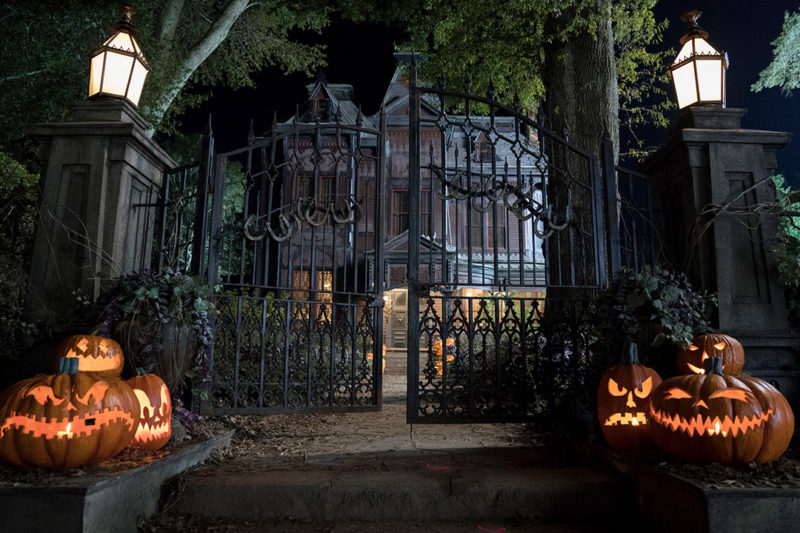
House With a Clock in Its Walls 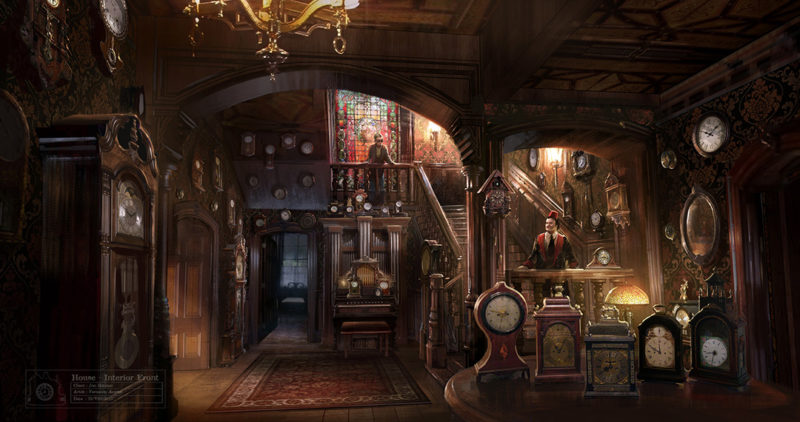
House With a Clock in Its Walls 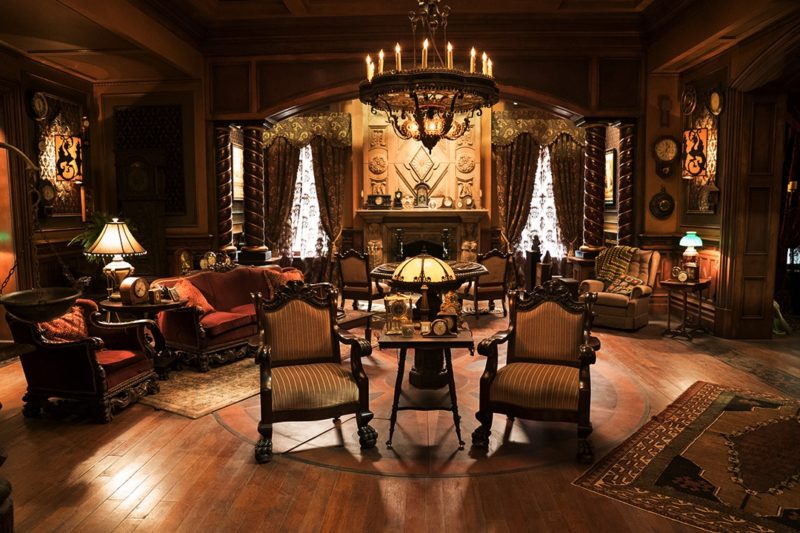
House With a Clock in Its Walls 
House With a Clock in Its Walls 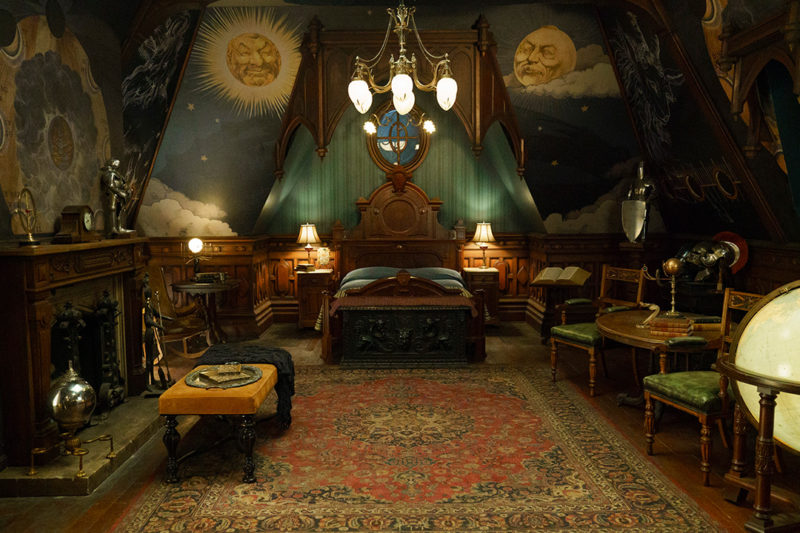
House With a Clock in Its Walls 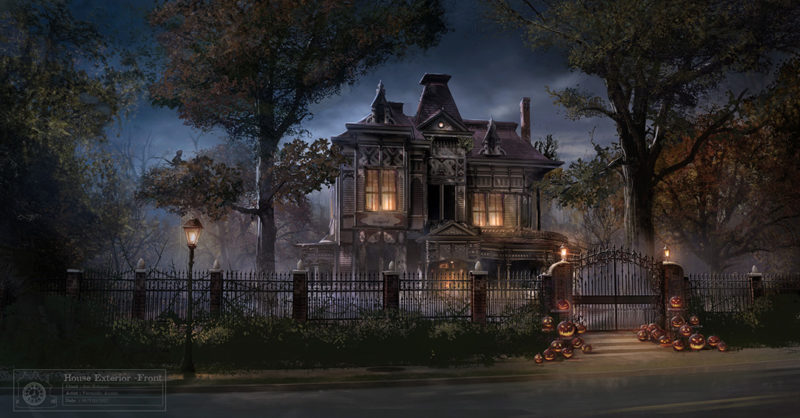
House With a Clock in Its Walls 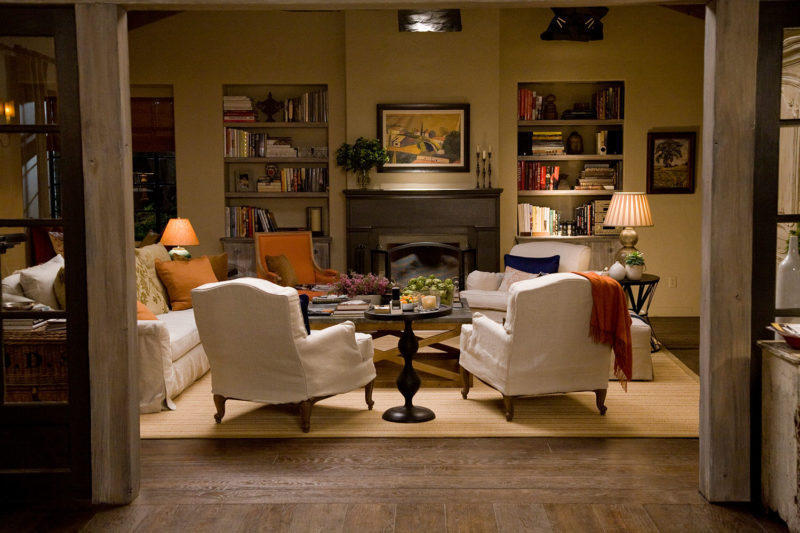
It’s Complicated 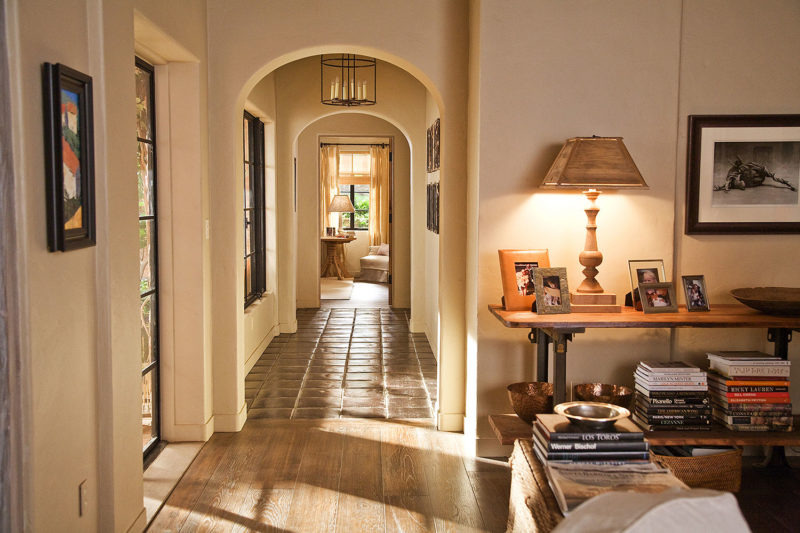
It’s Complicated 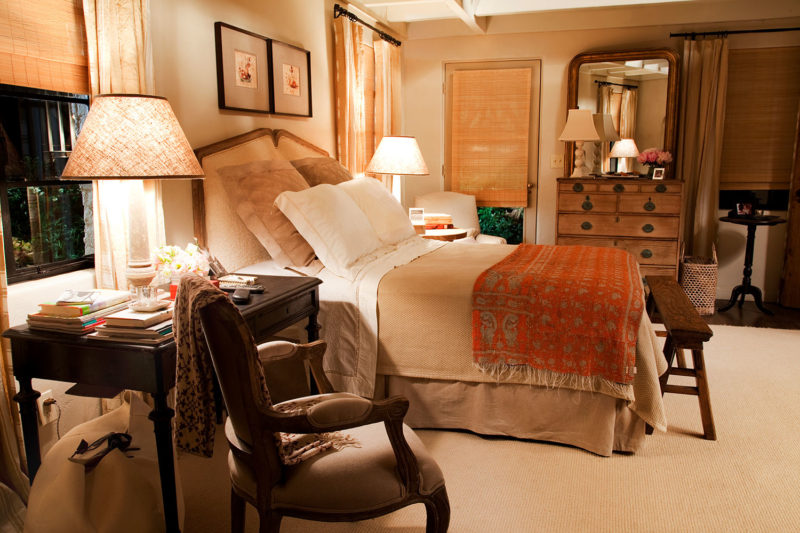
It’s Complicated 
It’s Complicated 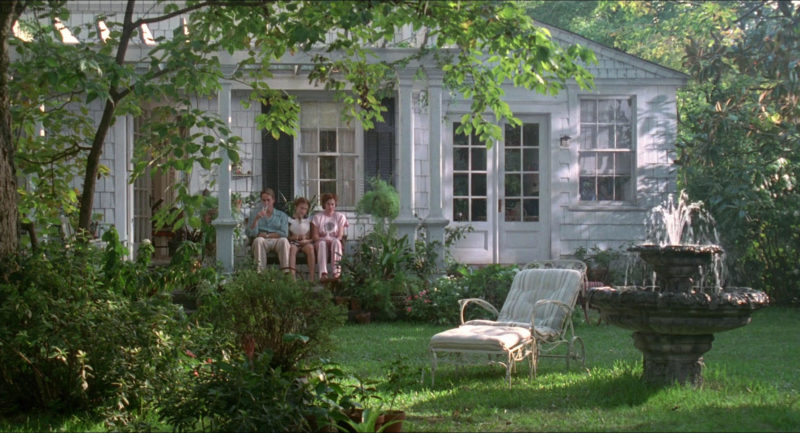
Lolita 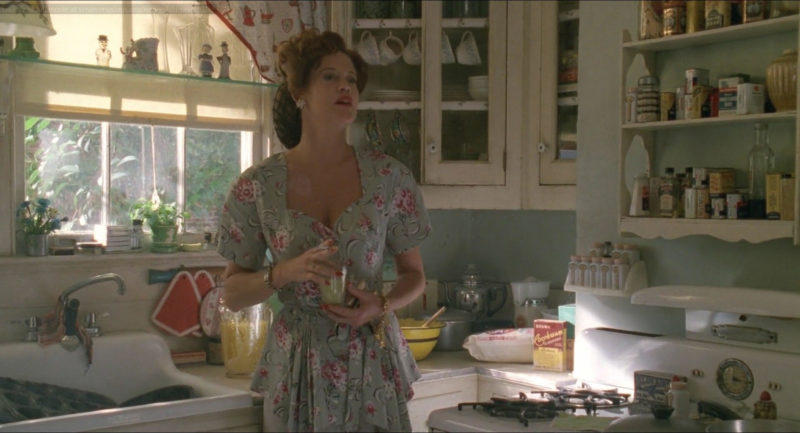
Lolita 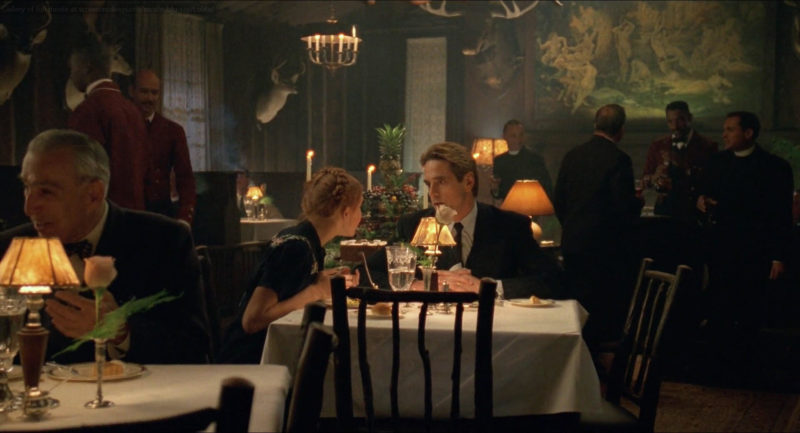
Lolita 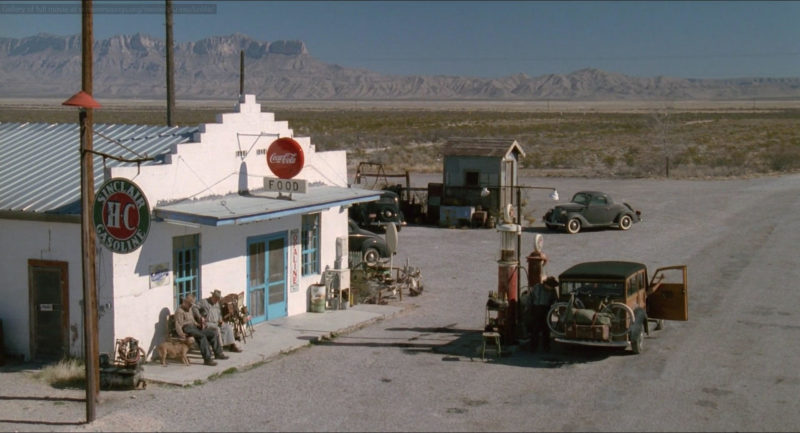
Lolita 
Something’s Gotta Give 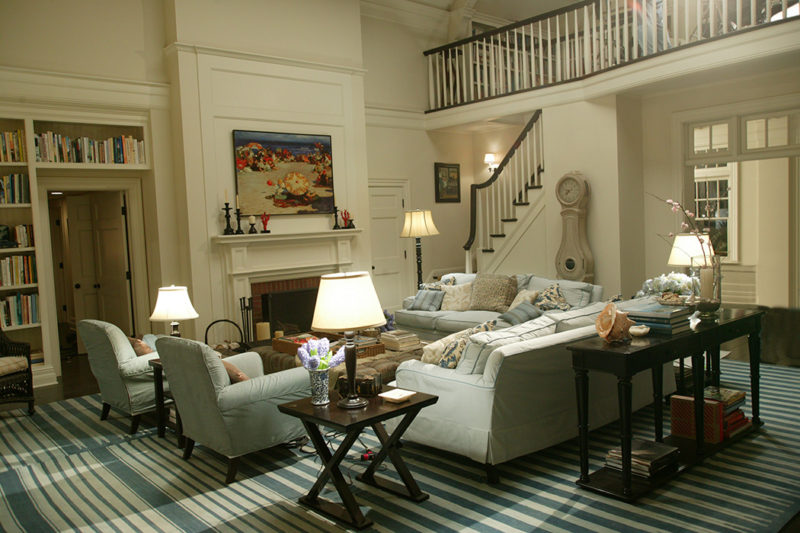
Something’s Gotta Give 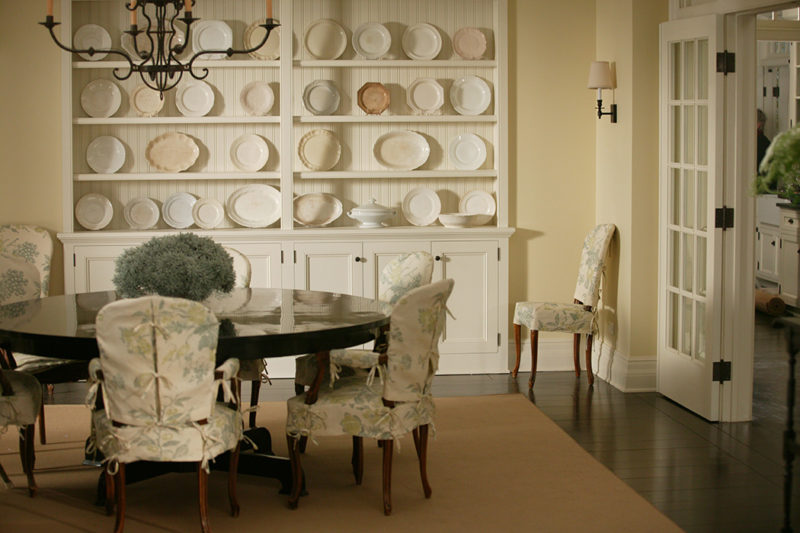
Something’s Gotta Give 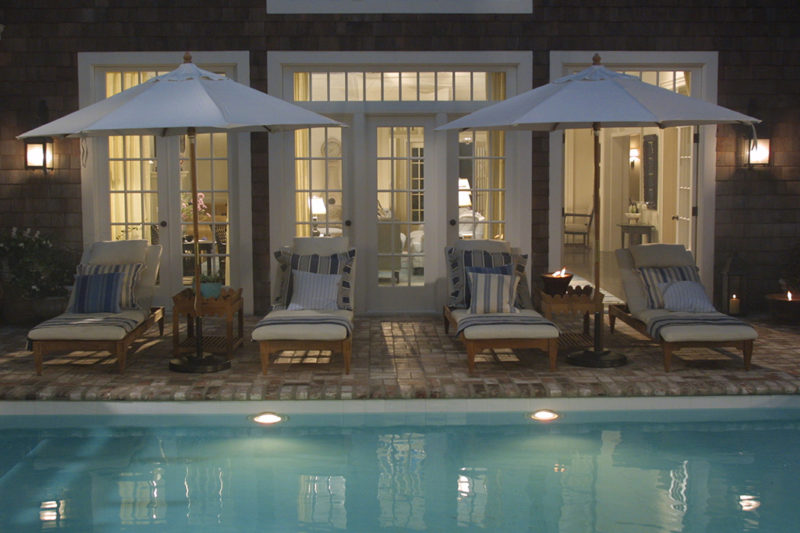
Something’s Gotta Give 
The Holiday 
The Holiday 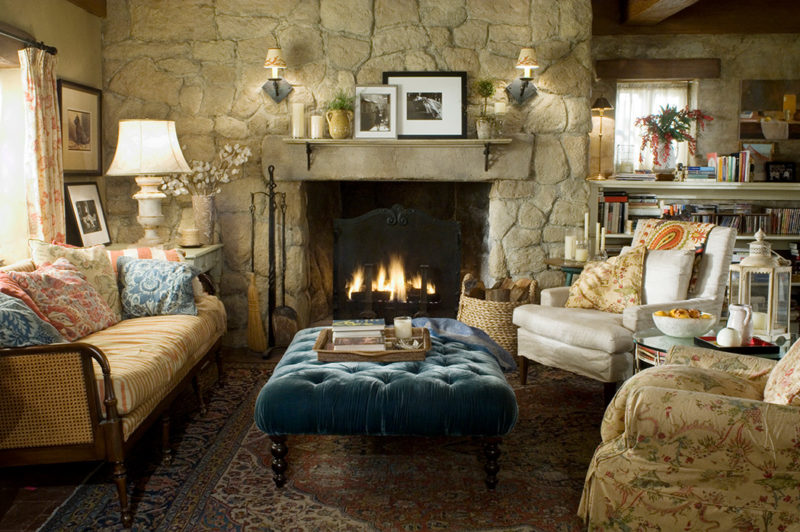
The Holiday 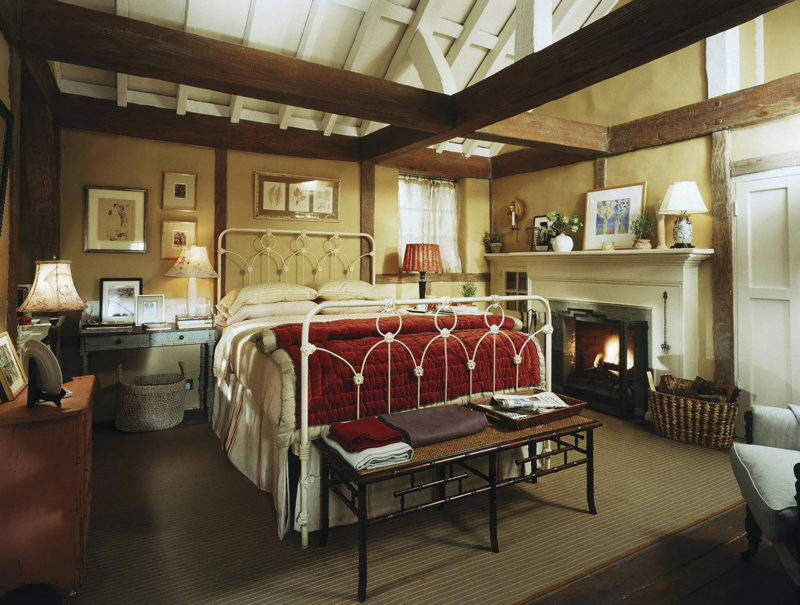
The Holiday
Looking for the emotional story
Edited interview with Jon Hutman
Intro
Jon Hutman is a world-renowned production designer. His work spans a range of styles from richly detailed historical dramas like Robert Redford’s A River Runs Through It and Quiz Show and Angelina Jolie’s Unbroken, to contemporary films like Nancy Meyers’ Something’s Gotta Give, The Holiday and It’s Complicated and genres ranging from the black comedy, Heathers to contemporary thriller The Tourist, rock musical, Rock of Ages and the haunted house fantasy, The House with a Clock in its Walls.
Jon has collaborated with some of the leading filmmakers of his generation, including Sydney Pollack, Adrian Lyne, Lawrence Kasdan and Jodie Foster.
Hutman gained a degree in architecture from Yale University, then studied scenic design, painting and lighting at the university’s School of Drama. He returned to his native Los Angeles and entered the film industry as an assistant in the art department on To Live and Die in L.A. (1985, William Friedkin)
Jon approaches set design with the sensibility of a storyteller, crafting the world around the story and the characters which unfold within it. Each film is a unique creation, born from the script, which emerges from a process of research, exploration, and collaboration with the director. Jon’s work has been nominated for awards by the Art Directors’ Guild for his work on Unbroken and Something’s Gotta Give. He won the ADG award and an Emmy for his sets for The West Wing.
Creative process and the director
‘How you get from the initial inspiration to the final result varies from personality to personality and collaboration to collaboration.’ Hutman worked on three films with Robert Redford, five films with Larry Kasdan, four with Nancy Meyers and four with Angelina Jolie. He says ‘There are individual films in there but my career has fallen into those blocks.’
‘It varies from project to project, depending on what the design requirements are what the specific relationship is with the director. For example, it’s all different versions of the same thing. I’m thinking of the first meeting that I had with Adrian Lyne when I did Lolita, I go into his office and every single wall is covered with inspirational images. The way I largely worked with Adrian is I would try to bring him reference images and real locations. Adrian did not like to build sets, everything had to be a practical location. So even if you went into the practical location and changed every detail and every surface it was something that he loved and he’s not wrong about the reality of the way real life comes through the window and hits a real floor and a real wall and a real bannister and that’s what we did. Adrian is a really exceptional filmmaker, he really gets at something. That’s what I discovered in the process with him and so my thing was to try and seed his eye and bring that to life.’
The emotional story
‘In my mind the movie is never about the set so if I’m doing a comedy the sets aren’t supposed to be funny. I did this haunted house movie with Eli Roth called The House with a Clock in its Walls, which I’m proud of and was a super fun design job because what production designer doesn’t want to do a haunted house movie? But it’s a kids haunted house movie so the tone is more fun scary than for example Crimson Peek (2015) which is a beautifully designed film but the tone is very dark and chilling.’
‘It’s an Amblin movie you want to love this kid you want to love Jack Black so when he goes into this house its creepy and spooky but there’s a warmth there. Halloween fun spooky as oppose to keep your eyes covered and shriek spooky. And that’s where the connection between the visual style and the emotion that it evokes comes from and my job is to figure out that connection and deliver it.’
Research
‘If I’m doing a contemporary movie with Nancy [Meyers] I could think I don’t need to do research I could just go to the store and buy it all but my experience has been I need to go to the Hamptons, I need to go to Santa Barbara I need to understand what’s different between Meryl’s character in Its Complicated and her life and Diane’s character in Somethings Gotta Give and her life and what does it mean to be in a second home as opposed to a primary home and what does the business look like. So, what I have to do is I have to remember that even on a contemporary film that I need to do the research and vice versa if I’m doing a period film where I can get all of this specific period detail I need to remember to tell the emotional side of the story.
People always say to me that the kitchen in Somethings Gotta Give, is their favourite kitchen ever. It’s the most back ordered issue of Architectural Digest, people still write about it and still copy it. And I’m the first one to say I didn’t make up that kitchen I scouted a lot of houses in the Hamptons I looked at a lot of reference. The reason people love that kitchen is the story that happens in that house. I think it’s a good house we did a good job at understanding the Hamptons as a place and the experience of the people who live there and what it means to go to the beach and what it feels like to be a woman whose 60 years old who thinks that the romantic part of her life is done and she falls in love again. That story fits in that house and that’s my job. I invent the look I help to realise them. It’s like a suit of clothing in a way the set is like a different container for the characters and the action. That’s what I think I do.’
I need to understand where in the world are we and then where architecturally are we and then when we’ve figured that out, we can populate and furnish and decorate and colour the world.
That’s the best part of the design process for me, then you’ve got to figure out how to do it and how to do it for the amount of money that they have. You end up coming up with better creative solutions because you get jammed.
For me it’s a journey of discovery and so I want researchers and illustrators and art directors and set designers and decorators on the collaborative process. Let the best idea win, I want people to say are you sure you want that I want people to gut check me and also to bring their ideas and enthusiasm to the table. That’s the process – we figure it out creatively as we go and that’s what collaboration is.
Collaboration
‘In the creative process of filmmaking there is a passing of the torch so I get to start with the director and the script and sort of define the world and then there’s a point where the DP comes in and says wouldn’t it be better if this was like this and can we have more space here and I need more windows here. So, you begin to modify the design of the world around how they want to capture it on film. The initial collaboration will be more me and the director figuring out the sets and the world and then it becomes the director and the DP on set and obviously it’s a triangle we’re always involved but that is the evolution. I’ve been super blessed to work with some of the best, Deakins, John Seale, Darius Khondji; just brilliant. It never works to not try and align with your collaborators whether it’s the director the DP or whatever. If the DP tells you that the walls are too light or too dark it doesn’t matter if you want to say they weren’t too dark for so and so because it has to work for them. So, each collaboration you have to adjust to each other and its essential to get on the same page.’
Secret
‘You do not want me to design a building that you want to stand up because I have an undergrad degree in architecture. That limited skillset happens to be fine for movies because you can always hang it from the roof of the sound stage if it doesn’t stand up on its own. I found what I like to do, that I have a certain aptitude for and I started to do it. It’s really not more complicated than that. Get your foot in the door and prove yourself. There isn’t a bigger secret I don’t think.’
Jane Barnwell Based on an interview conducted with Jon Hutman, 2019.